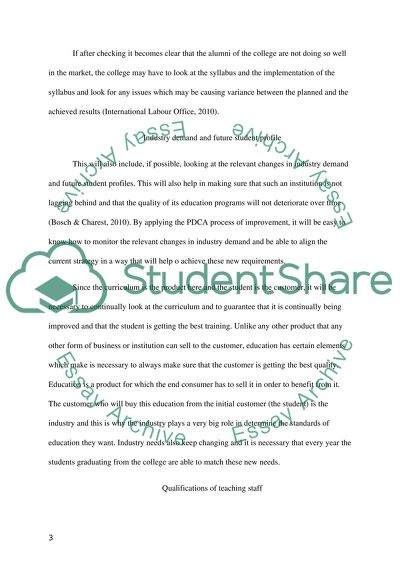Cite this document
(“Integrated quality Assurance Principles in the teaching-learning Essay”, n.d.)
Integrated quality Assurance Principles in the teaching-learning Essay. Retrieved from https://studentshare.org/education/1625253-integrated-quality-assurance-principles-in-the-teaching-learning-environment
Integrated quality Assurance Principles in the teaching-learning Essay. Retrieved from https://studentshare.org/education/1625253-integrated-quality-assurance-principles-in-the-teaching-learning-environment
(Integrated Quality Assurance Principles in the Teaching-Learning Essay)
Integrated Quality Assurance Principles in the Teaching-Learning Essay. https://studentshare.org/education/1625253-integrated-quality-assurance-principles-in-the-teaching-learning-environment.
Integrated Quality Assurance Principles in the Teaching-Learning Essay. https://studentshare.org/education/1625253-integrated-quality-assurance-principles-in-the-teaching-learning-environment.
“Integrated Quality Assurance Principles in the Teaching-Learning Essay”, n.d. https://studentshare.org/education/1625253-integrated-quality-assurance-principles-in-the-teaching-learning-environment.


